Postural Orthostatic Bradycardia Syndrome
Postural orthostatic bradycardia syndrome. Its sometimes known as postural orthostatic tachycardia syndrome. As many disease entities can be confused with POTS it becomes critical to identify what this syndrome is. It is meant.
Postural orthostatic tachycardia syndrome POTS is a complex multifaceted disorder that impairs functional status and quality of. PoTS affects a range of people but is most common in girls and women aged 15 to 50. Some typical symptoms include dizziness and fainting.
It involves the autonomic nervous system which automatically controls and regulates vital bodily functions and sympathetic nervous system which activates the fight or flight response. POTS is a form of orthostatic intolerance that is associated with the presence of excessive tachycardia and many other symptoms upon standing. POTS is not simply orthostatic intolerance and symptoms or intermittent orthostatic tachycardia but the syndrome needs to be characterized over time and with reproducibility.
Postural orthostatic tachycardia syndrome POTS is a type of dysautonomia an umbrella term for health conditions that affect the functioning of the autonomic nervous system. Exaggerated responses to medications may be the first sign of. Postural Tachycardia Syndrome PoTS can be a life altering and debilitating health condition.
Indian Pacing Electrophysiol J. The result is a rapid decrease in preload and ultimately cardiac output. When the circulatory system is functioning normally approximately 500 mL of an individuals blood volume travels from the thorax to the abdomen and lower extremities within 10 seconds of going from supine to standing.
1 Symptoms often include both cardiac symptoms rapid palpitations lightheadedness chest discomfort and dyspnea and noncardiac symptoms mental clouding brain fog headache nausea tremulousness blurred or tunneled vision poor sleep. What is Postural Orthostatic Tachycardia Syndrome POTS. PoTS is due to an abnormal response by the autonomic automatic nervous system and is characterised by orthostatic intolerance the development of symptoms when upright that are mostly relieved by lying.
The postural tachycardia syndrome POTS. An overview of postural orthostatic tachycardia syndrome aka.
Exaggerated responses to medications may be the first sign of.
Postural orthostatic tachycardia syndrome POTS is a complex multifaceted disorder that impairs functional status and quality of. It involves the autonomic nervous system which automatically controls and regulates vital bodily functions and sympathetic nervous system which activates the fight or flight response. POTS is not simply orthostatic intolerance and symptoms or intermittent orthostatic tachycardia but the syndrome needs to be characterized over time and with reproducibility. The term postural orthostatic tachycardia syndrome POTS was first used by a team of researchers from Mayo Clinic led by neurologist Philip Low in 1993. Postural orthostatic tachycardia syndrome or POTS is a condition in which your heart rate speeds up by 30 beats per minute or more when you stand up. Pathophysiology diagnosis management. It is meant. POTS is an abnormality of the involuntary nervous system. As many disease entities can be confused with POTS it becomes critical to identify what this syndrome is.
POTS is an abnormality of the involuntary nervous system. Postural orthostatic tachycardia syndrome POTS is a condition that affects circulation blood flow. These drugs are certainly used to treat the excessive heart rate responses to standing seen in the Postural Orthostatic Tachycardia Syndrome POTS. Postural orthostatic tachycardia syndrome POTS is a condition characterized by too little blood returning to the heart when moving from a lying down to a standing up position orthostatic intolerance. 1 Symptoms often include both cardiac symptoms rapid palpitations lightheadedness chest discomfort and dyspnea and noncardiac symptoms mental clouding brain fog headache nausea tremulousness blurred or tunneled vision poor sleep. POTS is a form of orthostatic intolerance the development of symptoms that come on when standing up from a. 1 However the disorder was not new.






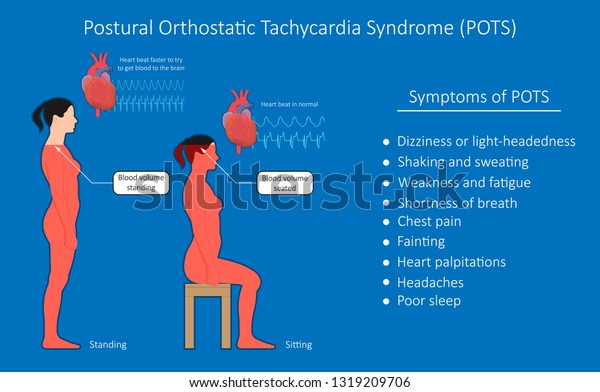


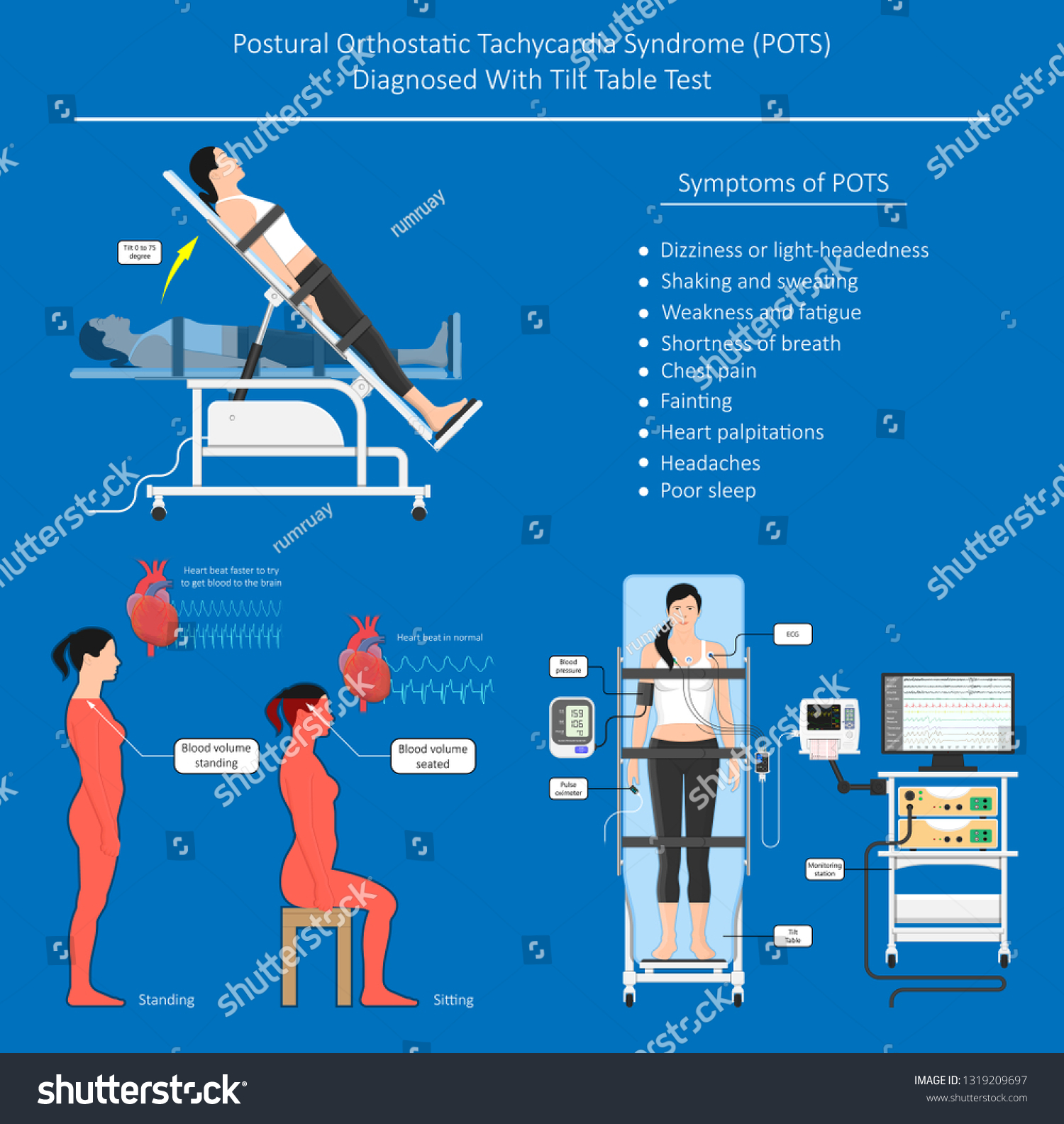









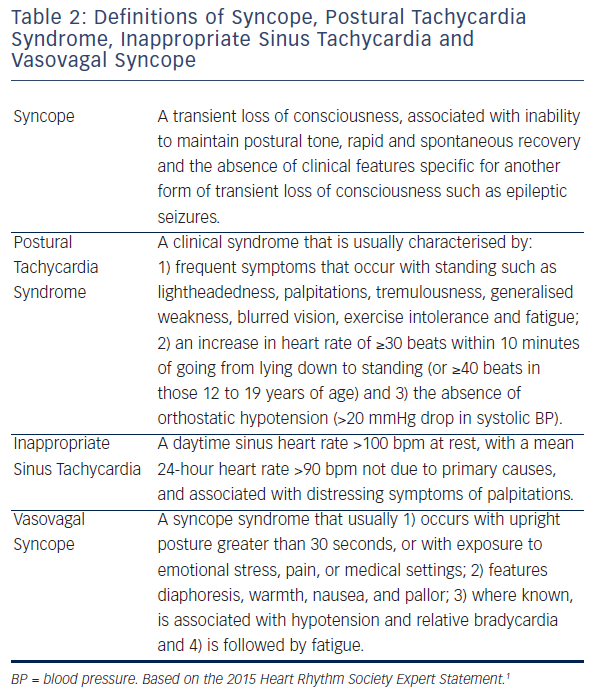

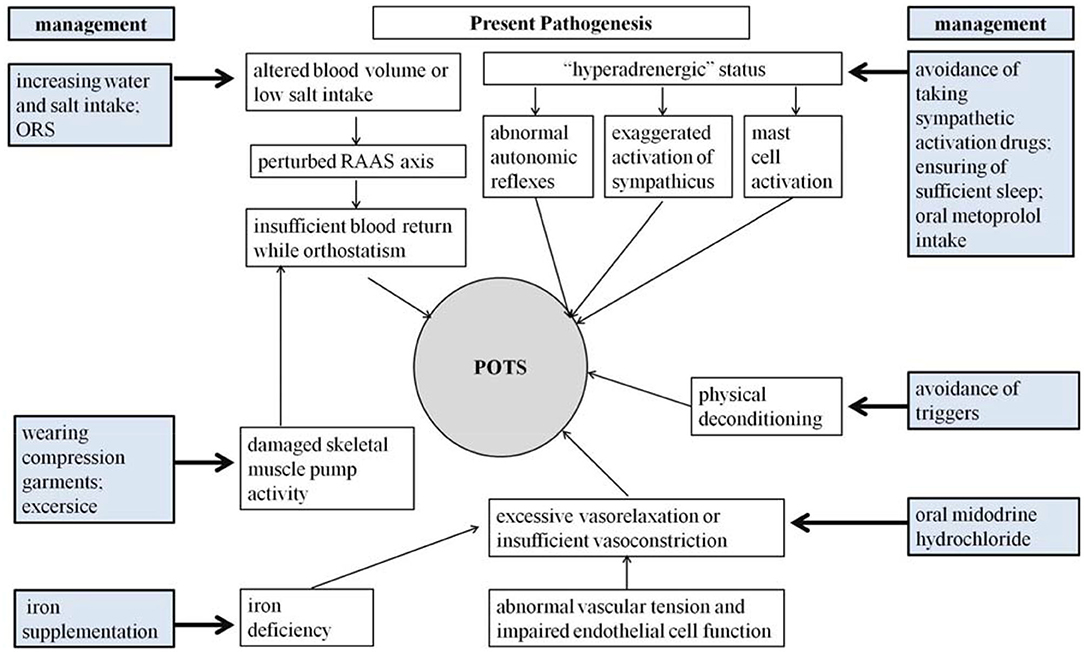

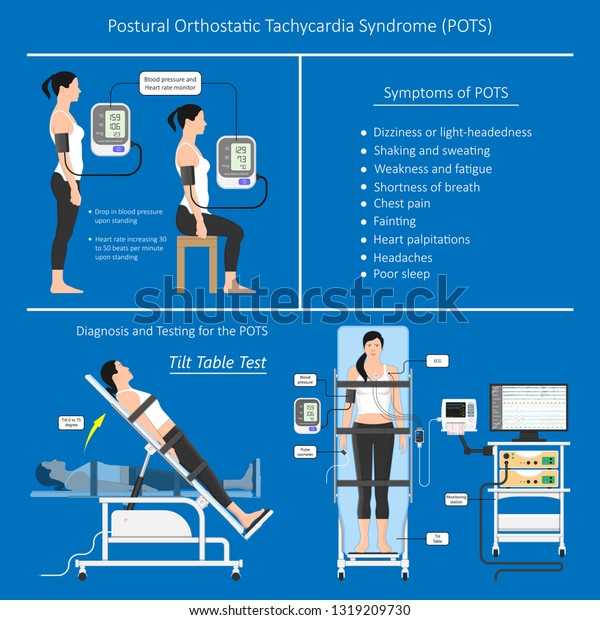
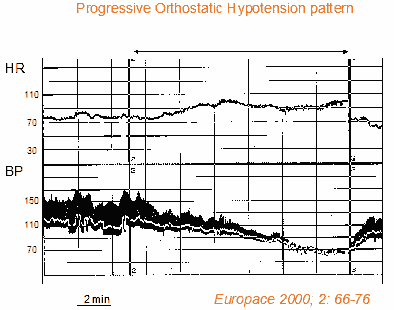


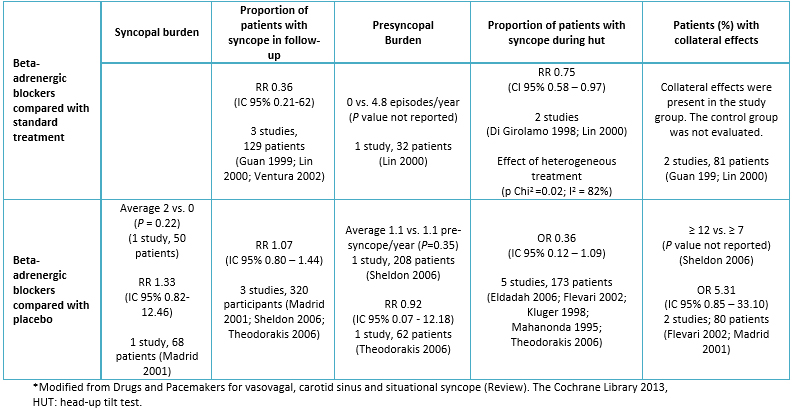





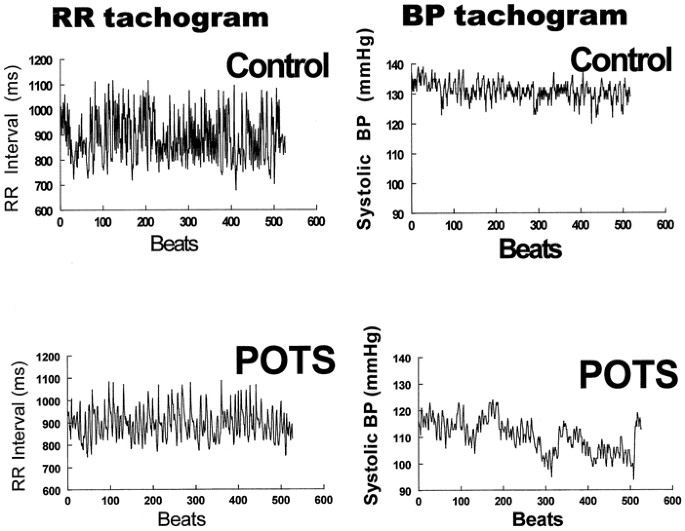







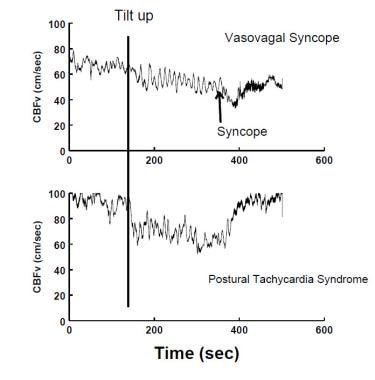

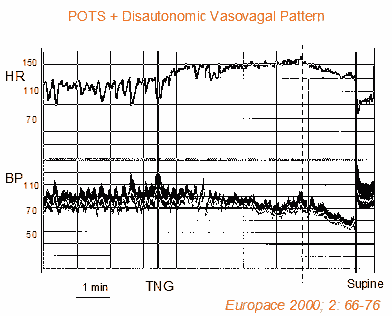

Posting Komentar untuk "Postural Orthostatic Bradycardia Syndrome"